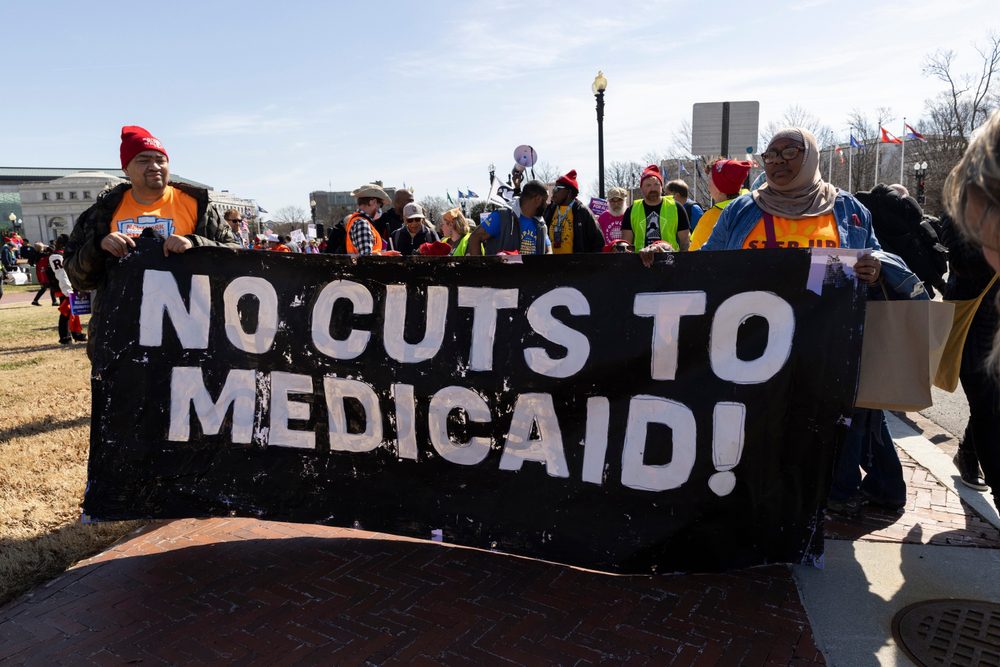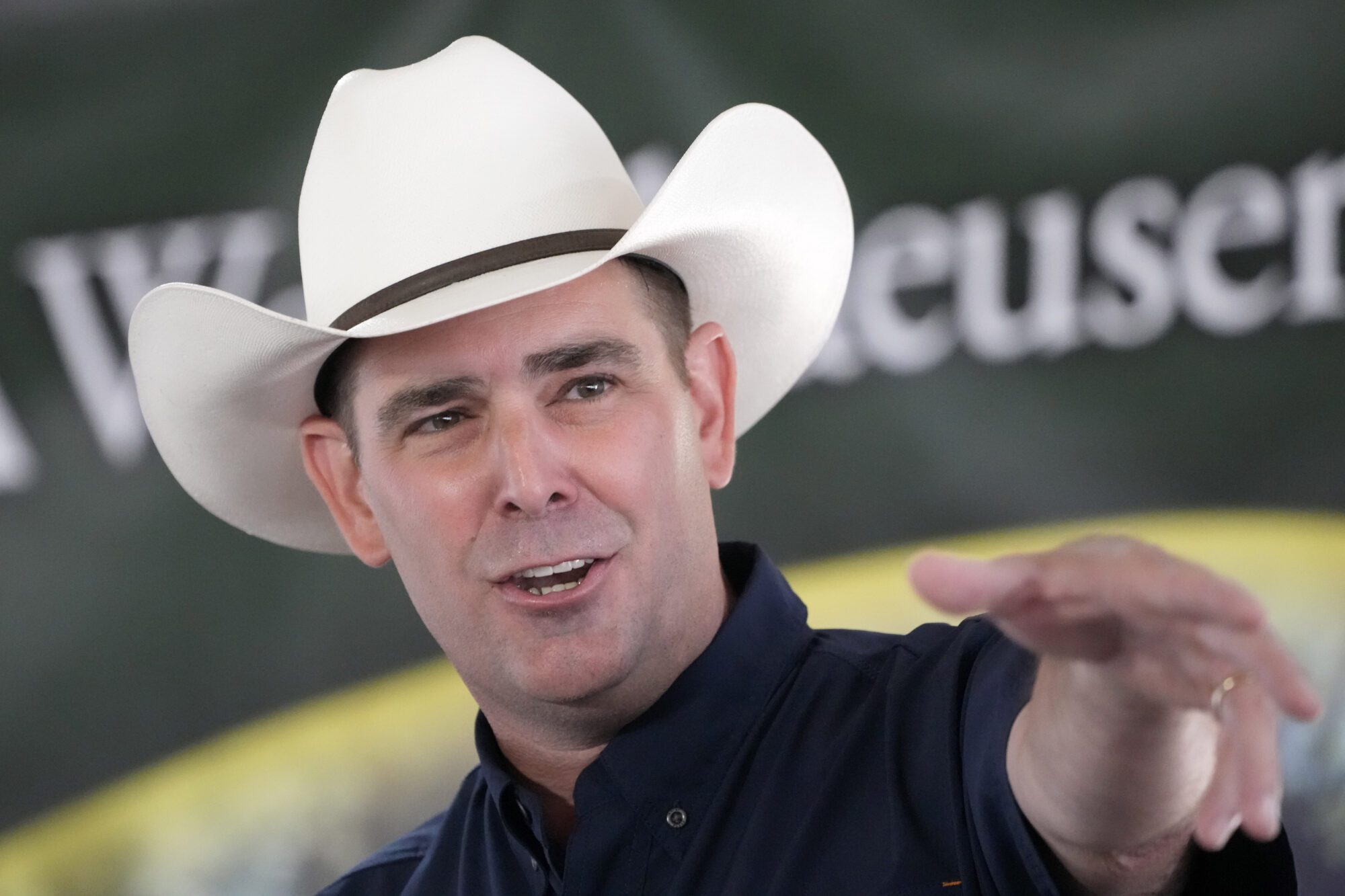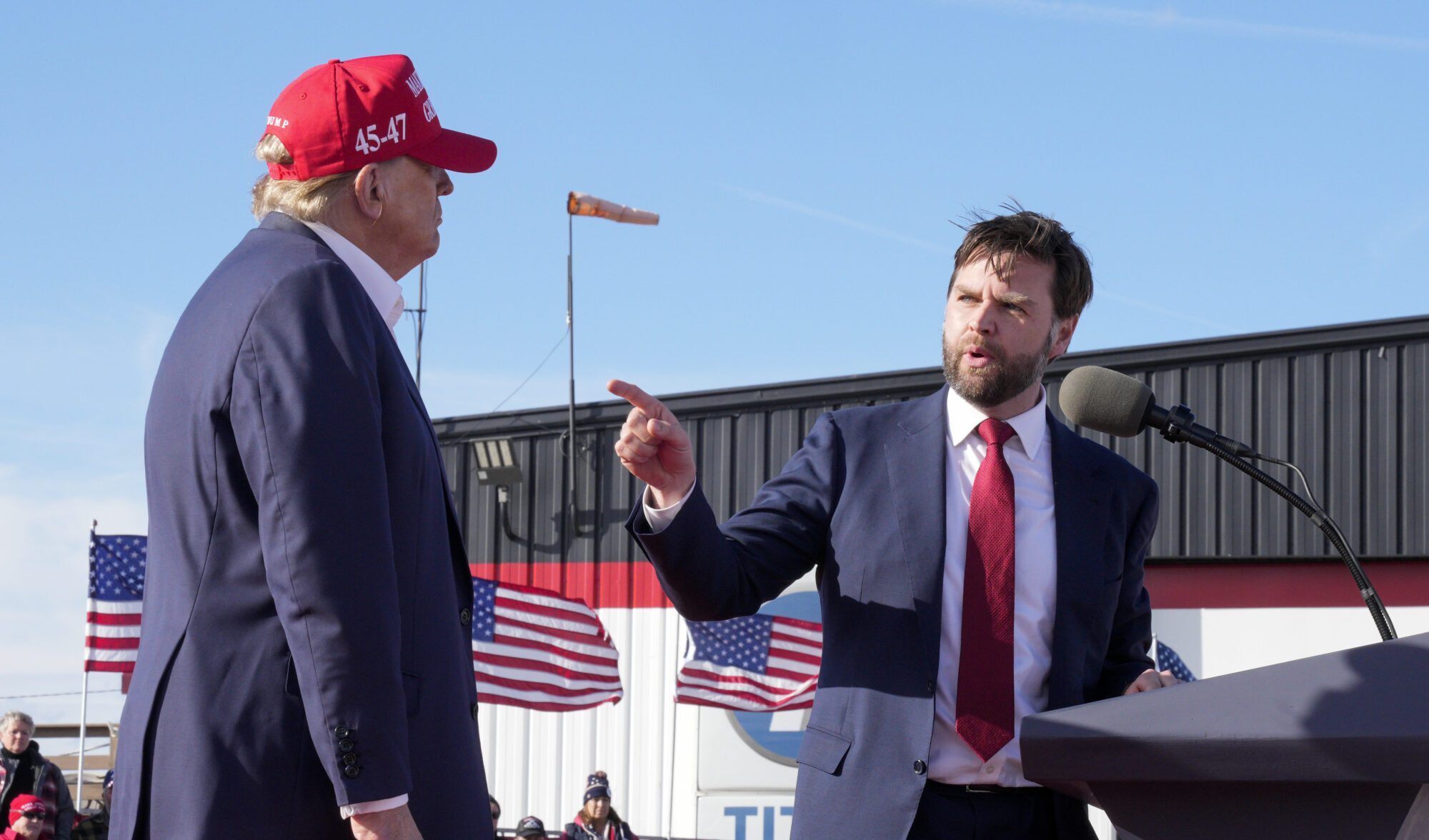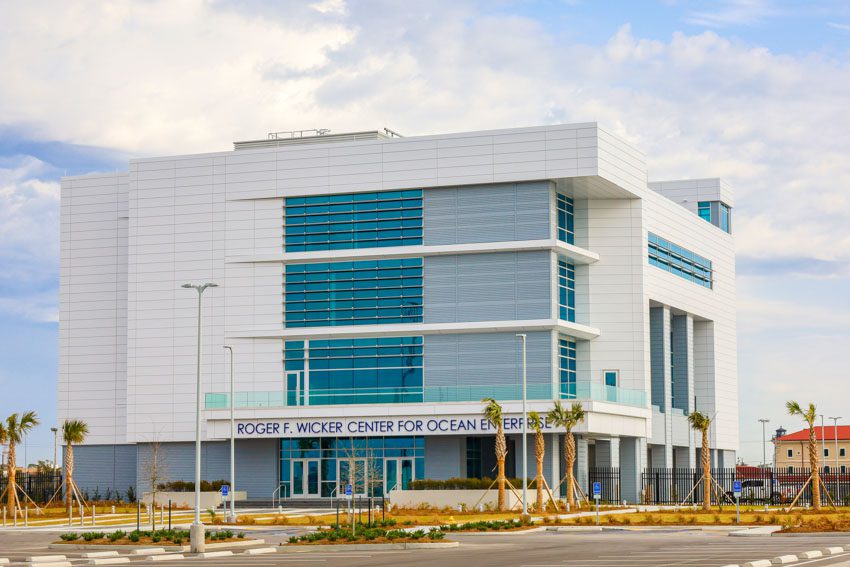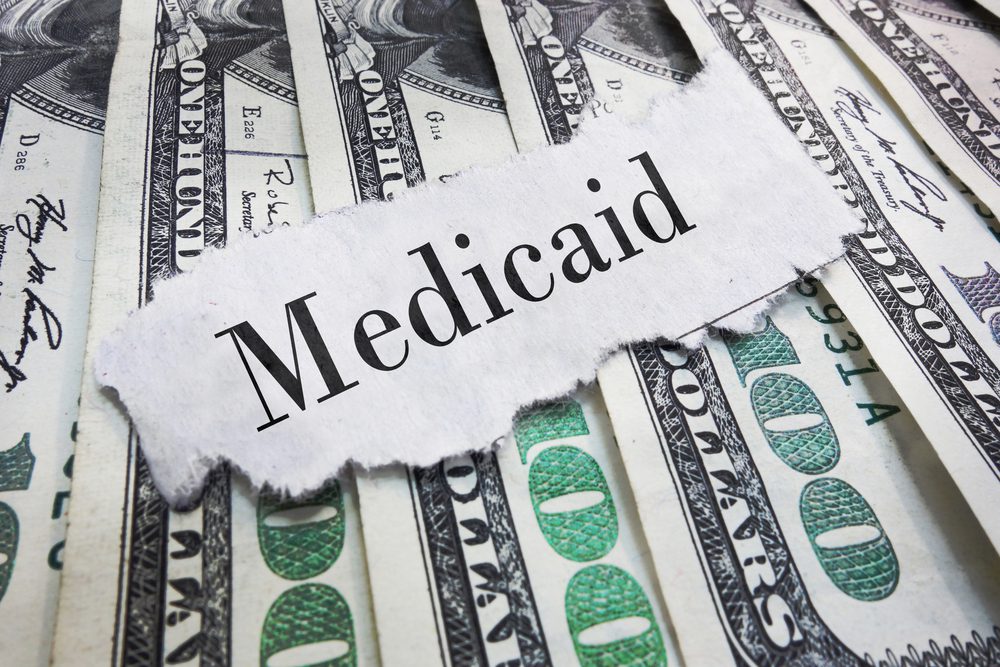
As discussions begin on whether and how to expand Medicaid in Mississippi, there are considerable risks to the existing Medicaid population, future enrollees & the long-term trajectory of the state.
If fostering dependency on government programs was the pathway to prosperity and well-being, no state’s citizens would be better off than Mississippi’s. But we are not, because it is not.
There are good people who support Medicaid expansion because they want to help their fellow man. I do not begrudge the sentiment. But there is also a tendency in conversations about helping others to assume that the person who speaks the most emotionally cares the most, and that the person who cares the most must be right.
This is dangerous folly. Leaders are wise to consider ways to improve access to quality healthcare in Mississippi. The conversation is long overdue, but the subject must be approached soberly and without a preordained conclusion.
As explored below, full Medicaid expansion would reduce access to care for the most vulnerable populations in the state, move working people off of private insurance that grants better access and affords better outcomes, and come at a considerable cost to the state, increasing government dependency to unsustainable levels. What’s more, efforts to hone or limit expansion to focus on workers face considerable federal policy and legal challenges.
A Word on Medicaid’s Original Intent
Medicaid is a welfare program by definition. It uses taxpayer resources to provide a government benefit — health insurance coverage — to a low income population at no cost to that population. It was originally designed as a safety net for the most vulnerable populations, including impoverished children, pregnant women, the disabled and the ederly.
The federal government, using federal taxes and debt, fronts a considerable portion of the cost. Mississippi’s “matching rate” on its existing Medicaid population is 77 percent of the cost. The total cost of Mississippi’s program is projected at $6.7 billion for fiscal year 2024 without expansion.
When the Affordable Care Act was passed, it expanded eligibility for the Medicaid program to able-bodied adults without dependents. It also increased the income eligibility threshold to 138 percent of the federal poverty level.
To entice states to accept the expansion, the federal government currently offers 90 percent of the expense for the expansion population, effectively prioritizing new enrollees over the most vulnerable existing populations by providing higher federal reimbursements.
Crowding Out Existing Beneficiaries
As of December, 802,529 Mississippians, or 27.3% of the state’s population, received Medicaid or Children Health Insurance Program (CHIP) benefits. This means that even without expansion, Mississippi currently ranks among the top ten states with the highest percentage of Medicaid enrollees.
While children and pregnant moms are often used as talking points in the debate over expansion, enacting broader Medicaid expansion, which goes up to 138 percent of the federal poverty level, would not increase the number of children or pregnant moms served. That’s because under current Mississippi law, children and pregnant moms are eligible for Medicaid coverage up to 194 percent of the federal poverty level. The current law is more generous for these two specific groups.
Expansion would actually decrease access to care for children and pregnant moms, because of crowd out — essentially increasing the number of eligible patients without increasing the supply of medical care.
| Medicaid Recipients | |
| Children | 386,268 |
| Aged | 78,249 |
| Disabled & Blind | 169,243 |
| Adults (Parents, Caretakers, Pregnant Women) | 97,057 |
| TOTAL Medicaid Population | 756,337 |
| CHIP | 46,192 |
| TOTAL Medicaid & CHIP | 802,529 |
The Foundation for Government Accountability (FGA) has analyzed the impact of expansion on enrollment across the country.
To date, 40 states have expanded Medicaid. The Kaiser Family Foundation estimated that these expansions states would add 8.6 million new Medicaid enrollees due to expansion. According to FGA, those states actually added 19 million new enrollees, or more than double the original estimate.
Kaiser estimated that expansion in Mississippi would add 231,000 new enrollees. However, if the pattern of overrunning estimates that has played out in other expansion states plays out in Mississippi, that number could increase to 491,000. Either way, the number of people on Medicaid in Mississippi would eclipse one-third of the state’s population.
This is not good news for existing beneficiaries.
As a state, Mississippi already has the worst physician shortages in the country. The National Institute of Health predicts that Mississippi will need an additional 3,709 doctors by 2030, a substantial increase from our current pool of 5,857 active physicians.
The math to hit this mark with new physicians becomes quite difficult when you realize that more than a third of active physicians today are 60 or older, and likely to retire soon. But the number of physicians is not the only issue. Location matters. More than half of all active Mississippi physicians are clumped in four metropolitan areas, leaving vast swaths of rural population without access.
The problem with physician access gets worse for people on Medicaid. Because of substandard reimbursement rates, many primary care physicians will not accept Medicaid patients. Nationally, 96.1 percents of physicians will accept private insurance, compared to 74.3 percent that will accept Medicaid patients. The percentage of doctors seeing Medicaid patients is higher in Mississippi, but still considerably below the percentage accepting private insurance.
Researchers at Harvard and Stanford found that the patient population in early expansion states increased, but the number of physicians serving that population did not. This translates to longer wait times and worse outcomes for the very patients the program was originally designed to protect. In the coming debates, leaders should not confuse “coverage” with “access.” They should be very mindful of a crowd out effect.
Moving People Off of Private Insurance & Onto Welfare
Why have projections so drastically underestimated actual enrollment in other Medicaid expansion states? A recent study done in Florida sheds some light on the issue.
In considering the impact of Medicaid expansion in the Sunshine State, actuary Milliman predicted that 65 percent of new Medicaid enrollees under expansion would be moving from existing private health insurance plans. In other words, the expansion will be dominated not by the uninsured, but by people who already have coverage.
There are two drivers for this effect. The first driver is small businesses that currently provide health benefits to low-income employees, but who can save on their own expenses by pushing employees to Medicaid once the population and income eligibility expand. The second driver is people moving from the Affordable Care Act exchanges onto Medicaid.
The ACA created private health insurance exchanges with subsidies for premiums and cost-sharing on deductibles between 100-400 percent of the federal poverty level. People earning between 100-150 percent of the federal poverty level can currently obtain a private health insurance plan on the exchange that is fully subsidized, meaning they pay no premiums.
Since Medicaid expansion increases the threshold of income eligibility to 138 percent, it effectively forces people who are already receiving fully subsidized private health insurance coverage off those private plans and onto Medicaid.
This is not only a bad deal for states, who then have to pay 10 percent of the Medicaid expense for that individual, but it is a bad deal for the individual, who presently has greater access to physicians with a private plan than with Medicaid.
The Cost to the State
Kaiser projects the total state and federal cost of Medicaid expansion in Mississippi would be $1.81 billion a year. However, if enrollment were to follow the pattern from other states, the actual cost could be closer to $3.85 billion a year, according to the Foundation for Government Accountability. This would mean that Mississippi’s portion would be roughly $385 million annually, crowding out spending on other priorities like education and infrastructure.
It bears noting that nothing prevents the federal government from changing the percentage of its contribution to expansion states. Policymakers should consider that possibility and what it would mean for state budgets should federal support be reduced at some point in the future. With over $34 trillion in national debt, this risk is not theoretical.
Indeed, the House Republicans Budget Committee recently cautioned states that have not expanded from doing so with a release entitled “Dear Governors, Just Say ‘No’ to Medicaid Expansion.”
It also bears reiterating that “federal dollars” are not free dollars. Federal spending is funded by taxpayers, including taxpayers who live and work in Mississippi.
But the monetary costs are only part of the equation. The Paragon Health Institute’s analysis of the impact of expansion in Florida found that doing so would result in the state having 1.5 workers for every Medicaid recipient.
Without expansion, Mississippi is already at 1.5 workers for every recipient of Medicaid and CHIP benefits. The state has approximately 1.2 million workers and over 800,000 beneficiaries in its largest welfare program.
Based on enrollment estimates, should Mississippi expand it would be at or near a 1-to-1 ratio of workers to recipients. That’s an unsustainable and dangerous path for economic growth and prosperity.
Mississippi already has the worst labor force participation rate in the country. Leaders should be extremely cautious of any policy that could incentivize less labor force participation.
The Difficulty of Honing
During the gubernatorial election of 2023, Democratic challenger Brandon Presley spoke about Medicaid expansion in terms of helping the “working poor.” That language has spilled over into legislative discussions.
It is a laudable goal to want to incentivize work, but it might help to define the scope of the “working poor” problem and understand the policy difficulties associated with targeting the group.
An individual making minimum wage, working a 40-hour a week job, would essentially be right at 100 percent of federal poverty level. Remember, at 100 percent federal poverty level, an individual has the ability to get a fully subsidized private health plan on the ACA exchange. Roughly 2.4 percent of Mississippi’s workers make minimum wage.
This means that any workers, who are ineligible for the ACA exchange and who would receive coverage from Medicaid expansion, are either working part-time jobs or they have dependents (who, if they are children, are already eligible for Medicaid).
Kaiser estimates that there are 88,000 people in the “donut hole” in Mississippi — who are neither eligible for Medicaid nor eligible for the ACA exchange. It also estimates that 43 percent of individuals in the donut hole are workers, or roughly 38,000 in Mississippi.
If the goal is to ensure health insurance coverage for that 38,000, adding 200,000-400,000 new Medicaid beneficiaries through full expansion is an ill-fitting solution.
Unfortunately, federal policy makes it difficult to focus on either the population in the donut hole or on the “working poor.”
The state could “expand” up to 100 percent of the federal poverty level, but would only receive the current matching rate of 77 percent from the federal government. The only way to draw down the 90 percent matching rate for Medicaid expansion is to fully expand to 138 percent of federal poverty level (and boot people off of private insurance).
But what about imposing work requirements? During President Trump’s administration, the Center for Medicare and Medicaid Services (CMS) gave 13 states permission to implement work requirements on Medicaid.
Twelve of those states have been prevented from imposing the work requirements, either by virtue of court cases striking them down as being inconsistent with the statutory purpose of Medicaid, or by virtue of President Biden’s CMS withdrawing permission. Only Georgia remains standing.
Getting CMS to approve a new work requirement in Mississippi will require a new president, which is not a foregone conclusion. Even if that occurs and the next president’s CMS approves work requirements, the plan would likely also face legal challenges, with bad precedent weighing against it.

